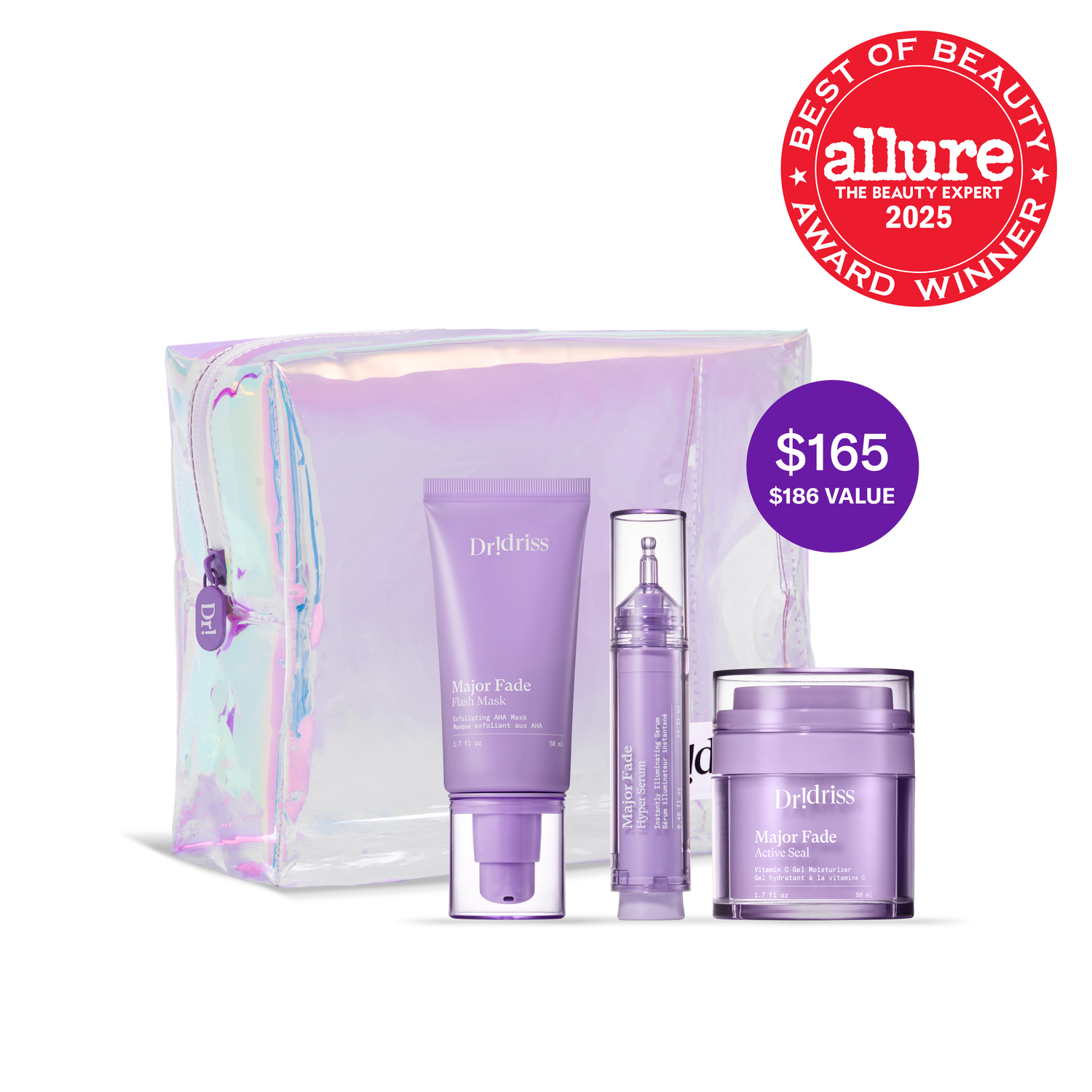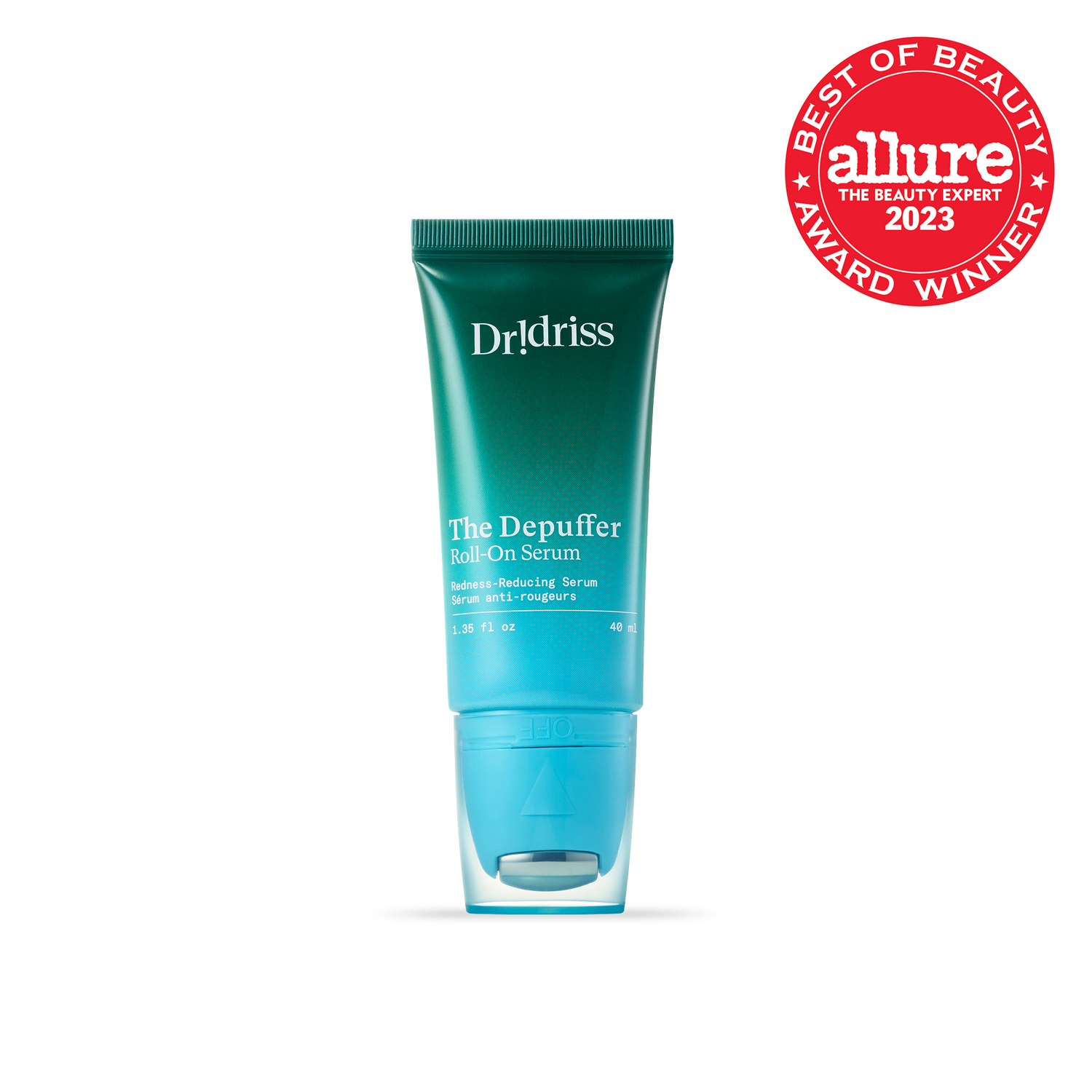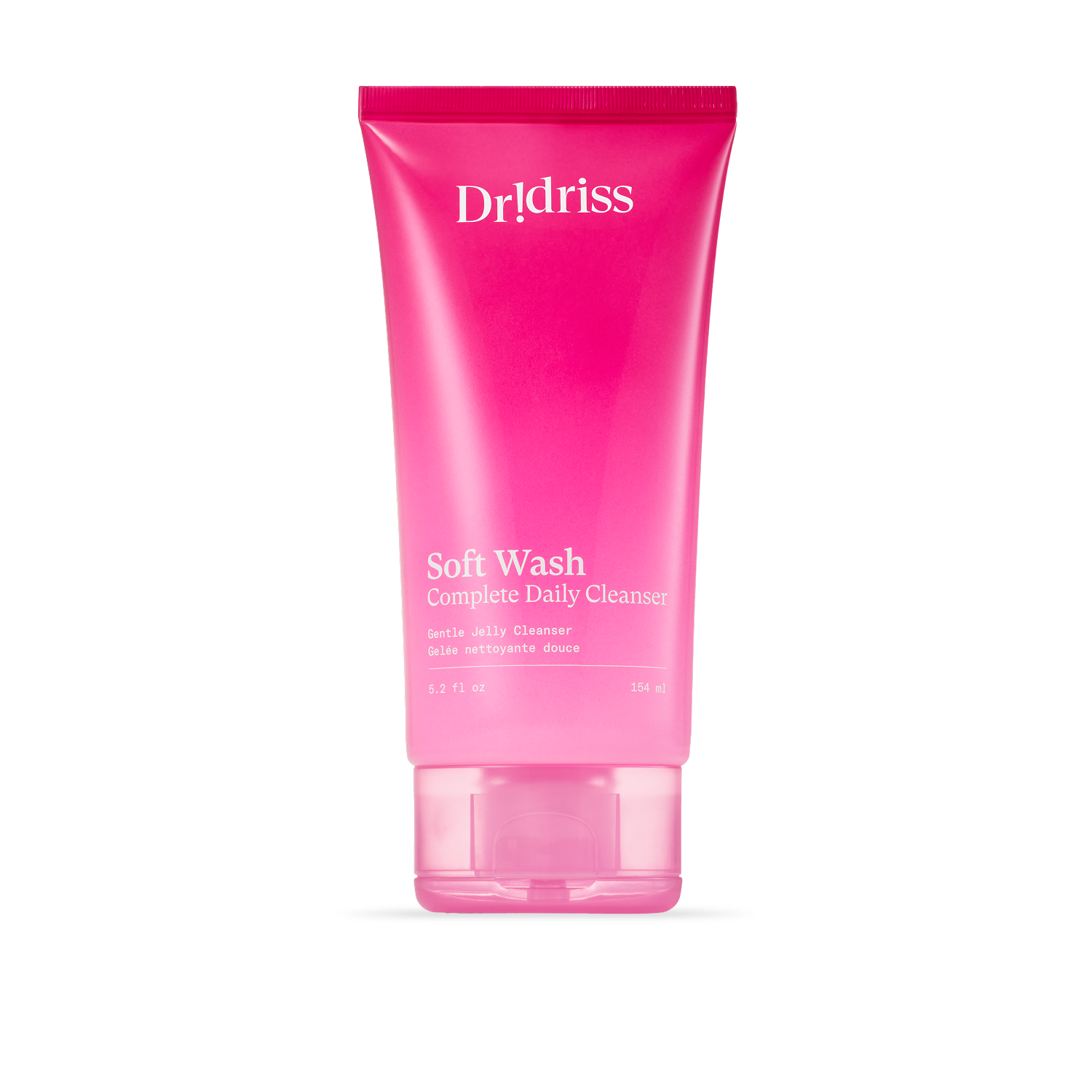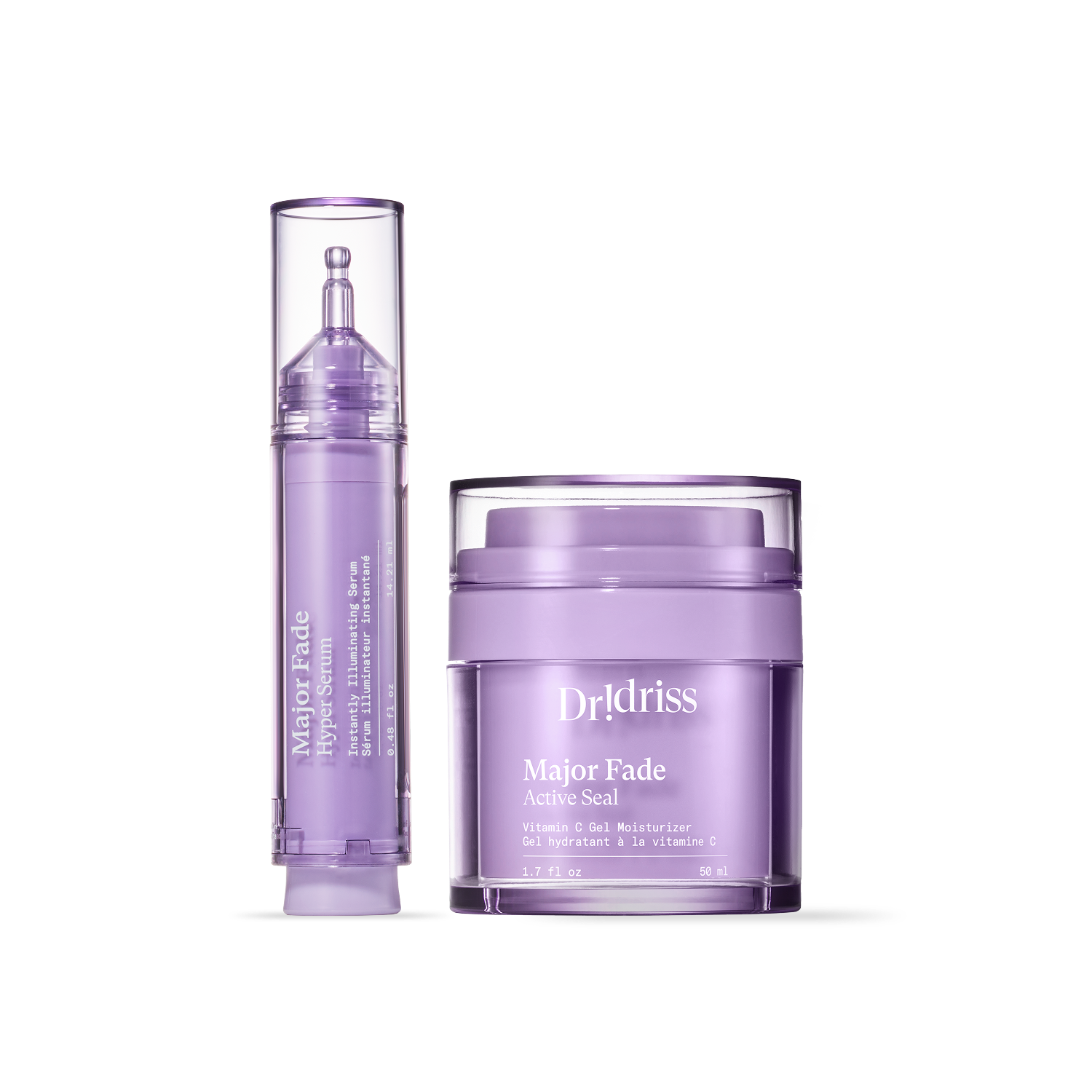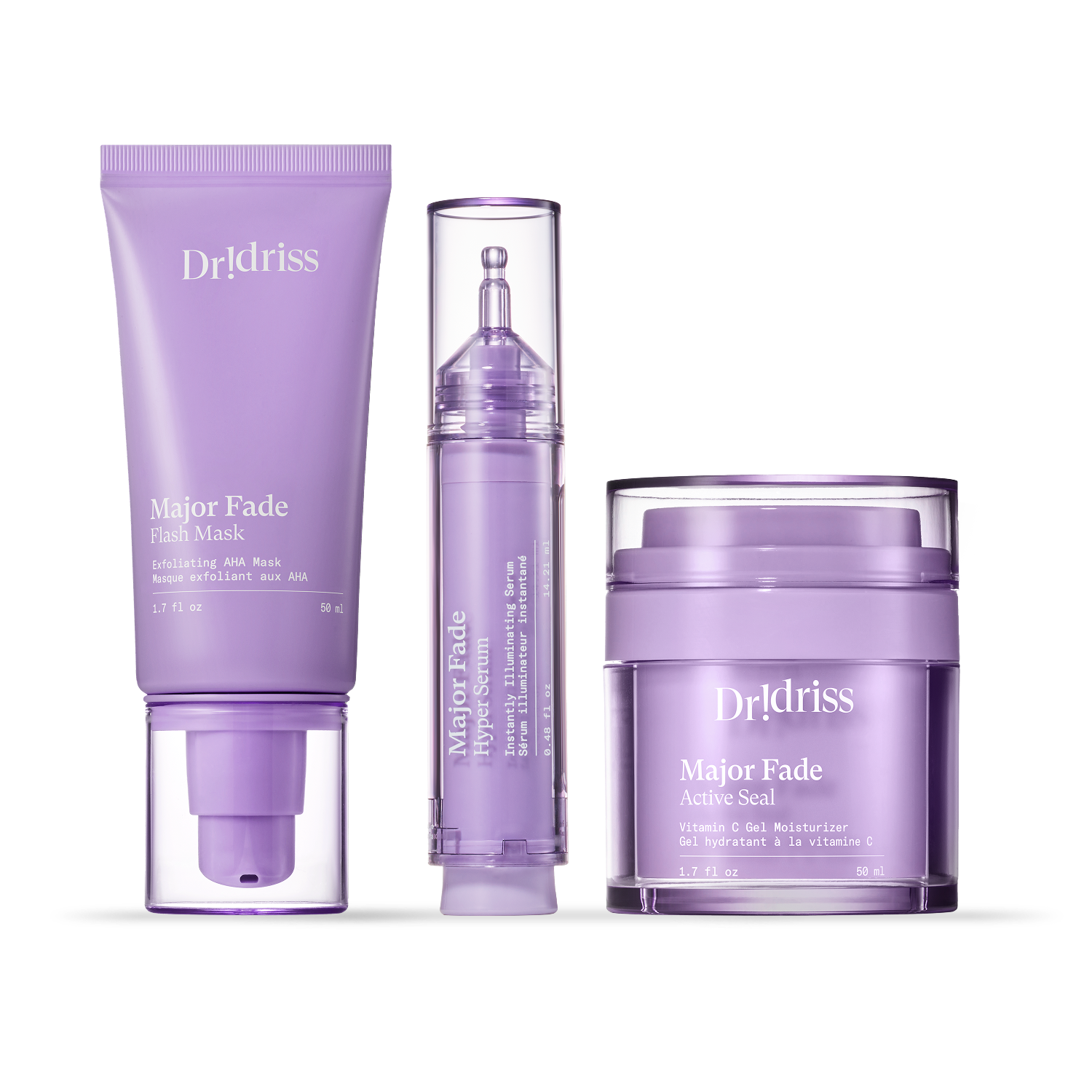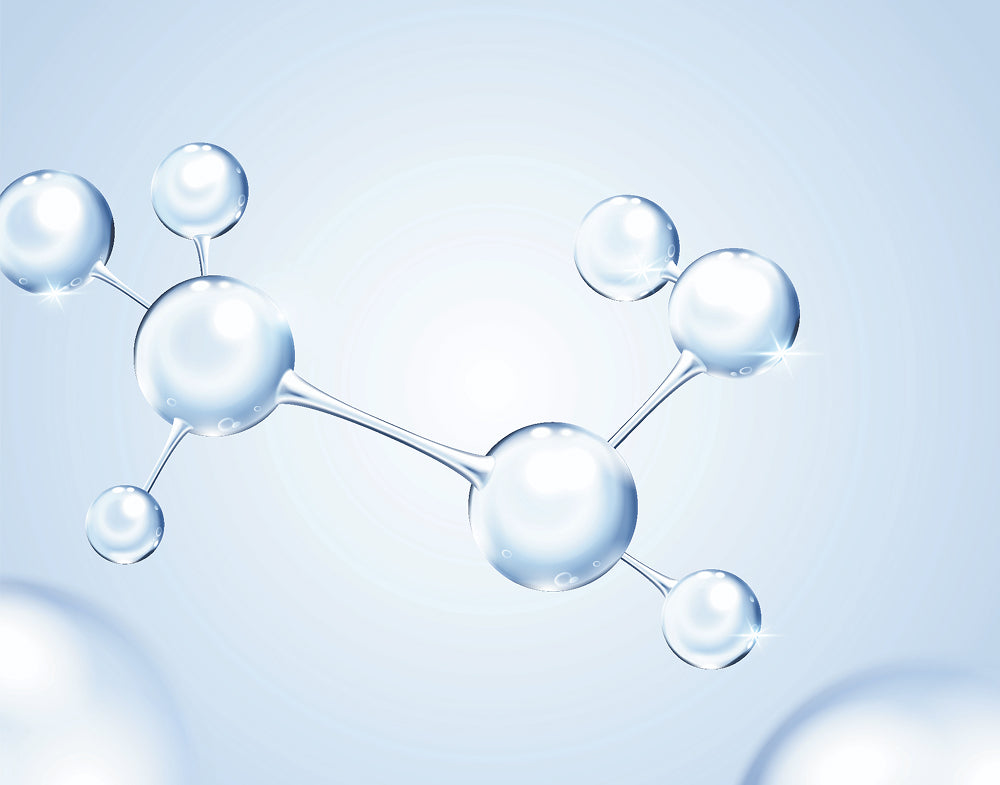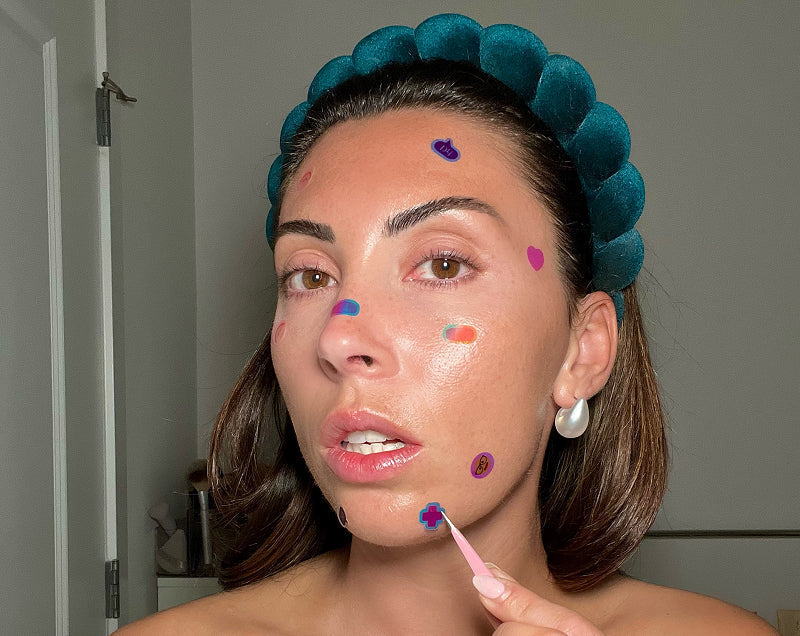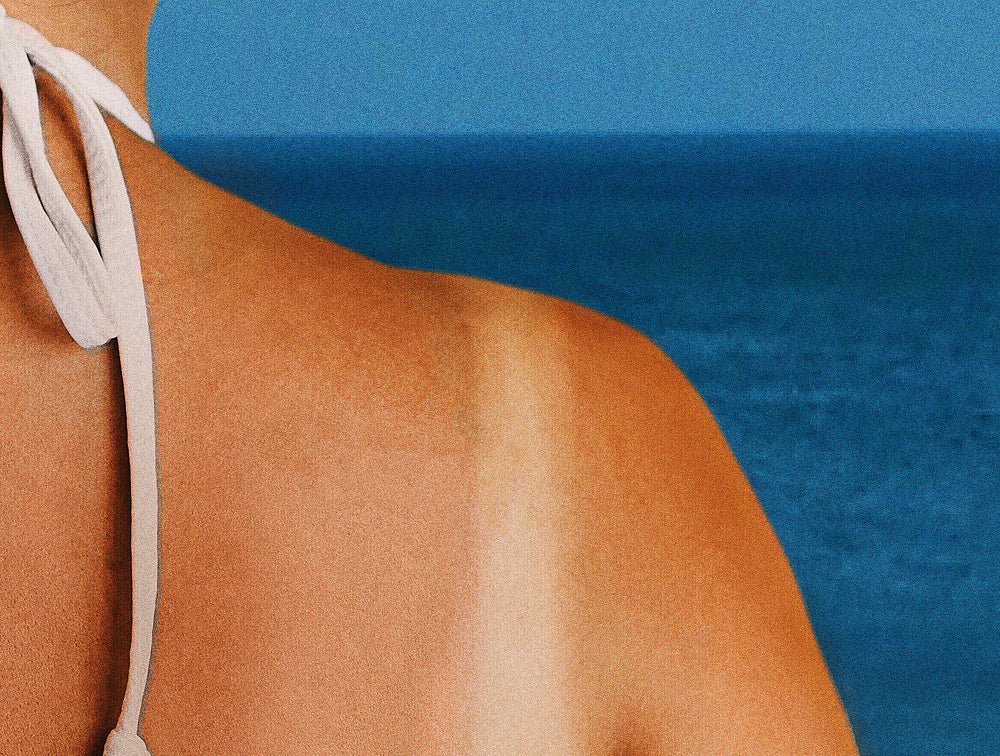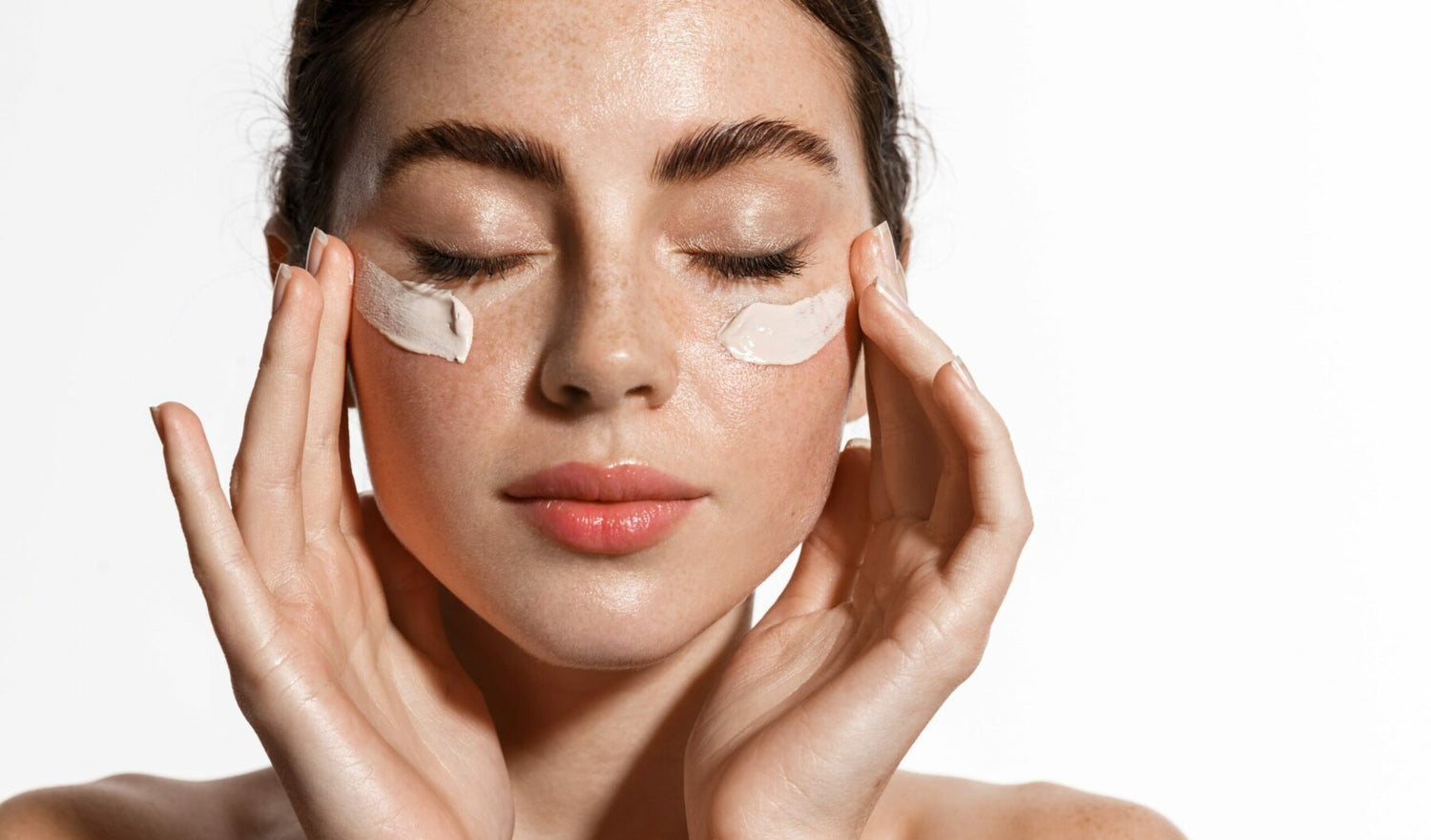
Hyperpigmentation is a b*itch, and it can really come between a person and their self-esteem. But what I’ve learned over time is, like all other persistent skin troubles, tackling hyperpigmentation entails some trial and error, and I’ve gathered a list of best treatments for hyperpigmentation in this article.
What is hyperpigmentation?
First, let’s talk about what hyperpigmentation is and what are its universally common instigators.
- Post-inflammatory hyperpigmentation (aka PIH) — think acne scars or the marks left behind after popping and picking at scabs, zits, and pimples.
- Then there is melasma, the Regina George of the lot — my #1 arch-nemesis; typically patches of symmetrical brown or grey discolorations that appear on both sides of the face.
- And last but certainly not least, sun damage — the most obvious and most detrimental. Consider this as your daily reminder to lather on that SPF.
What are the best ingredients and products for hyperpigmentation?
Now, onto the ingredients.
A question I encounter pretty often is, what are the best products and ingredients for treating hyperpigmentation? There are several, and today I’ll be covering 10 of them:
1. Retinoids: This is THE holy grail skincare ingredient. Retinoids are overachievers that work wonders for fine lines, wrinkles, acne, and uneven skin tone. These potent treatments help tackle the root cause, tyrosinase, slowing down the excess production of melanin. However, use them with caution, especially if you have sensitive skin – making sure to incorporate them slowly and gradually into your skincare routine to curb irritations. And because retinoids are super-sensitive to the sun, they’re best applied in the PM for desirable results (but it’s also critical that you follow through with a daily broad-spectrum SPF in the AM).
There are some incredible over-the-counter retinoids out there in different varieties for all types of budgets. RoC’s Retinol Correxxion Deep Wrinkle Night Cream, $25, is a top-rated budget buy, and I also love Skinceuticals’ retinol face creams, which will cost you between 70 and 90 bucks.
2. Niacinamide: Niacinamide has had its year in the spotlight in 2020, being one of the most-buzzed-about all-in-one ingredients on the market. However, it has also been marketed and pushed as “more is more” when in fact, less is more. Ideal concentrations that hit the sweet spot of what this little gem can do are between 2-5%. Anything higher might inflame and irritate your skin in the process. So when considering starting with niacinamide, it’s best to begin on the lower spectrum, working your way up as your skin builds a tolerance.
3. Kojic Acid: A byproduct of fermented Japanese sake (a rice wine). In skincare, it’s known as a brightening agent, clinging onto copper ions to inhibit excess pigment production in the skin. Concentrations should never exceed 4%, or you increase the risk of irritations.
4. Licorice Root: A rising star ingredient that’s recently gained popularity as a noteworthy dark spot remedy. Like retinoids, it inhibits tyrosinase activity and delivers anti-oxidant and anti-inflammatory benefits, too.
5. Hydroquinone: A skin-evening agent that’s gotten some bad PR in the past due to misconceptions surrounding cancer concerns. However, to this day, a link between cancer and hydroquinone in humans has never been found, so it’s completely safe to use and other skin professionals will agree when I say it’s the gold standard, particularly for melasma hyperpigmentation and post-inflammatory hyperpigmentation. It’s extremely effective in lightening pigment, but I do not recommend it for prolonged use. Rather use it on and off for no more than four to six months, depending on your skin’s response. I often advise two months on and one month off.
6. Arbutin: Derived from the bearberry plant and is a gentler alternative to hydroquinone. 5% arbutin is considered the safest for sensitive and uneven skin tones.
7. L-Ascorbic Acid: This active vitamin C is known for its pigment-evening properties. Ideally, you should use a concentration of 10%-20% for optimum skin glow results.
8. Tranexamic Acid: Disrupts the pigment production process by blocking interactions between melanocytes and keratinocytes. It’s quite gentle, so you can use it up to twice a day and in combination with other skin brightening blends like your topical vitamin C.
9. Azelaic Acid: Another all-rounder. In addition to treating dark spots, it’s great for tackling acne scarring and rosacea as it's anti-inflammatory. When used with a retinoid, it can deliver hydroquinone-level skin benefits, and if you top this combo off with an exfoliating acid too…*chefs kiss* (but only do this if your skin can tolerate it).
Don't forget sunscreen!
SPF is your BFF :) Sunscreen is a final step that applies to ALL the pigmentation faders spotlighted above. You know the drill, a broad spectrum UVA/UVB is key, with an SPF of 30 or greater.
A few of my favorite white-cast-free sunscreens include:






